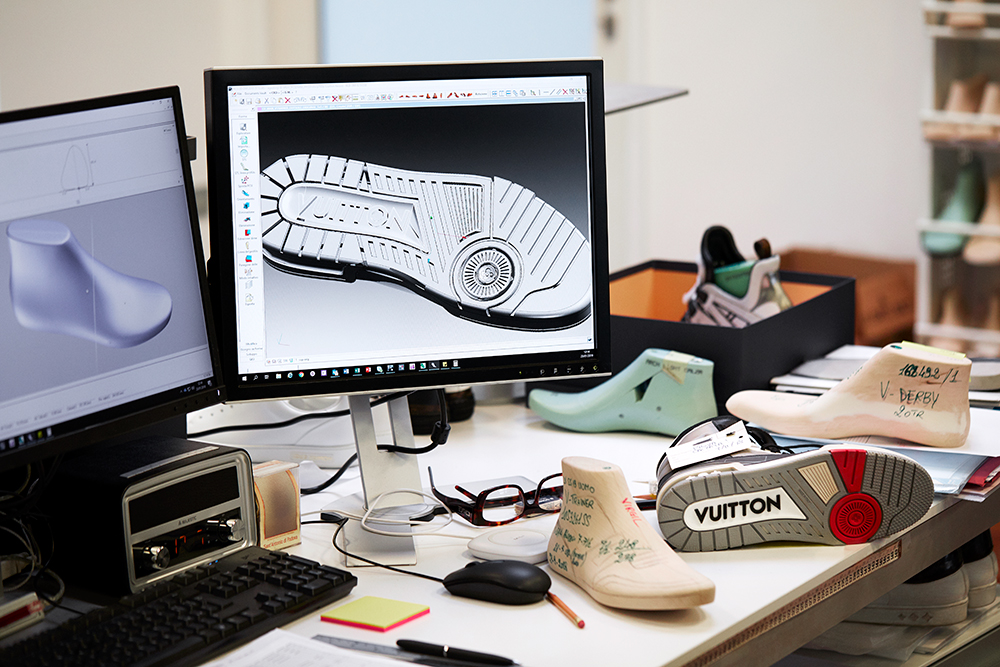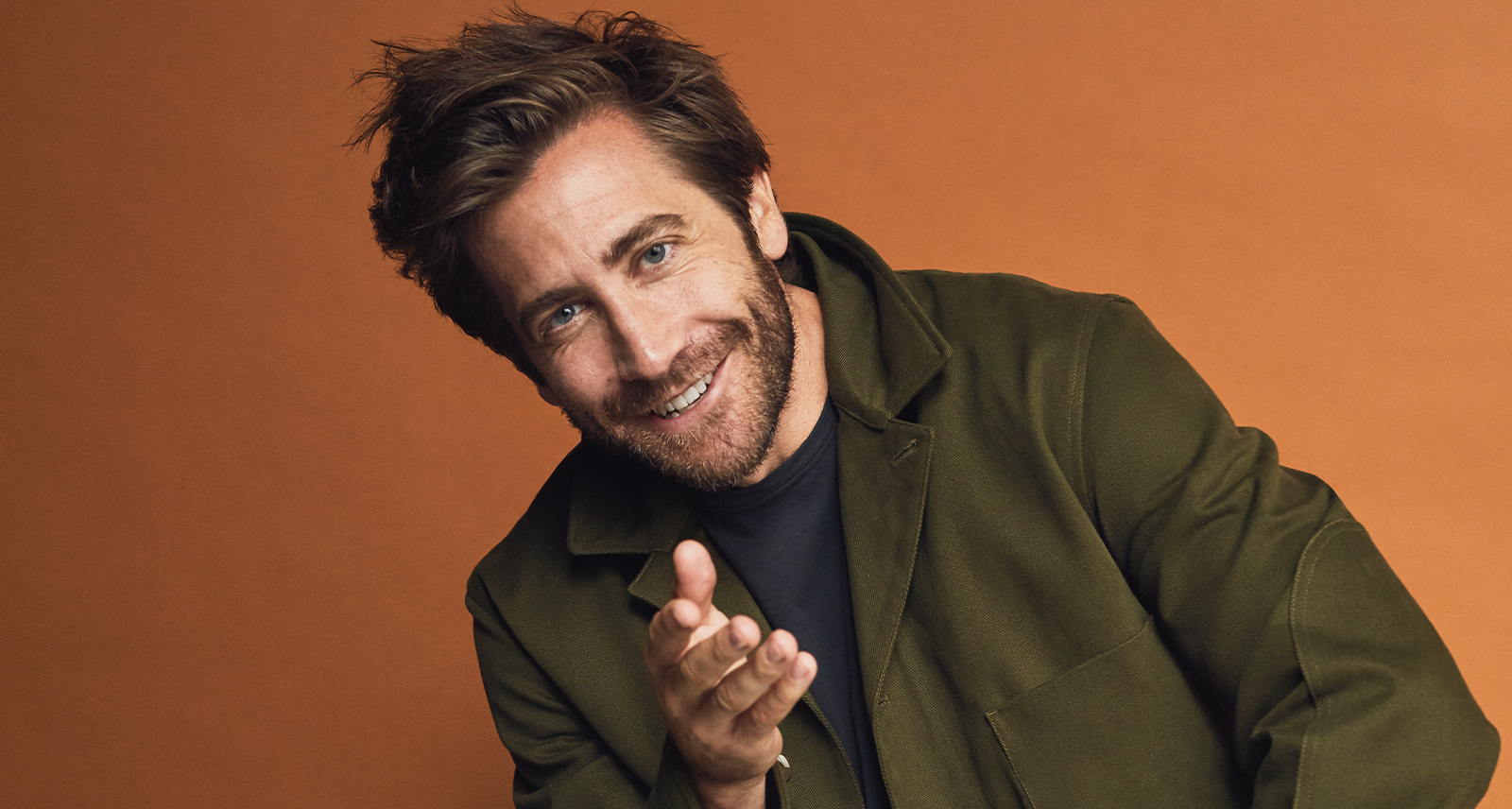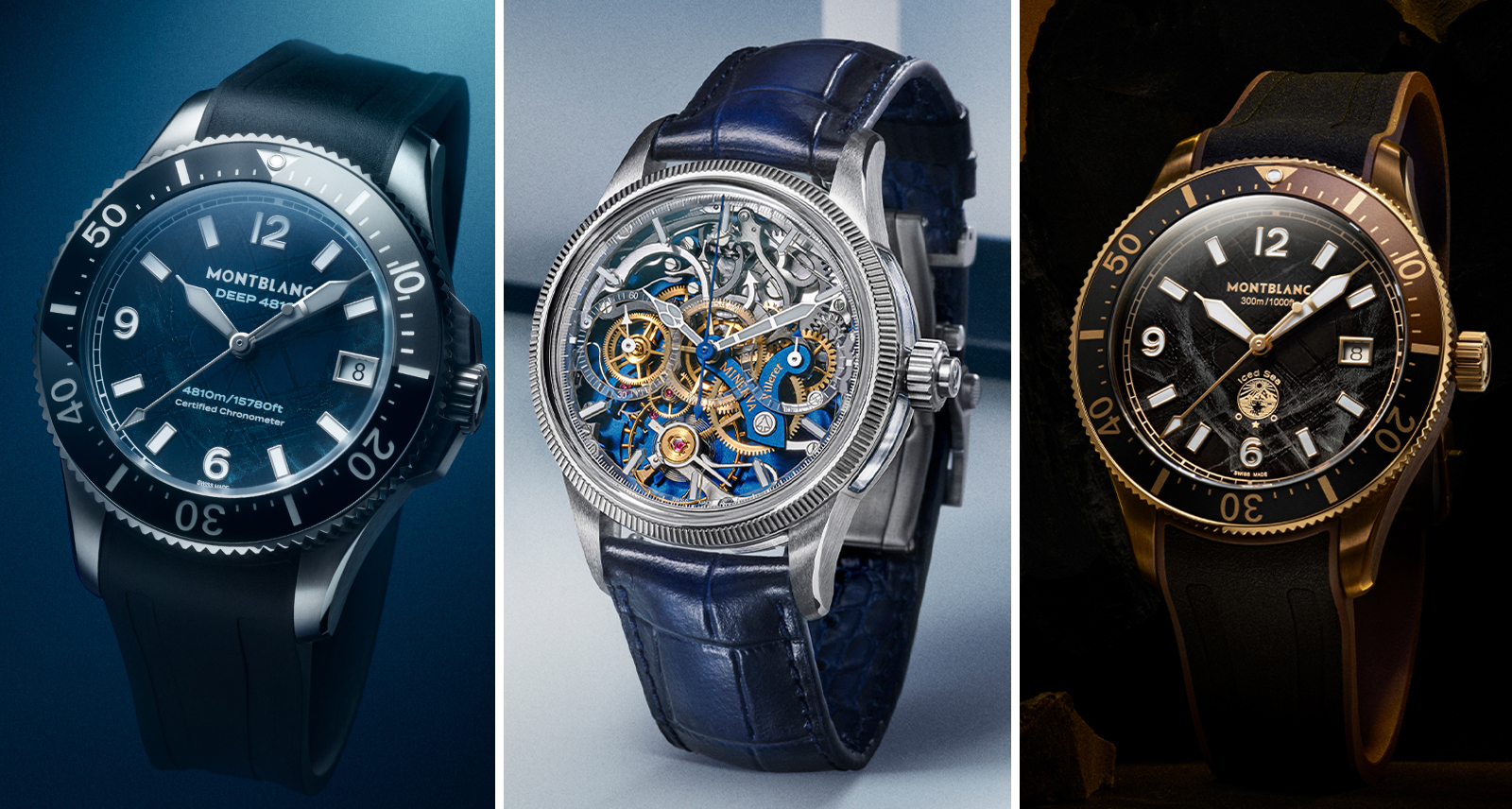At Louis Vuitton’s Footwear Atelier in Italy, an Extreme Commitment to Craftsmanship
At Louis Vuitton’s shoemaking atelier, every piece of footwear begins as a block of wood on the master formier’s desk. The formier — or last-maker — is a man in his mid-fifties named Gigi, and his job is a difficult one. He must somehow translate two-dimensional drawings — or sometimes less, just a designer’s thoughts — into a three-dimensional form, funnelling them through sophisticated computer software and then back again through his own bare hands, all the while working backwards in negative space. The drawing he is given shows only a finished shoe; it’s up to Gigi to interpret what the missing foot might look like to build said shoe around it. He’s Cinderella’s Prince in reverse, only the slippers aren’t glass — they’re much, much better.
The master formier’s office, lined with rows upon rows of wooden feet, is the first stop at Louis Vuitton’s shoemaking manufactory in Fiesso d’Artico, a village just outside Venice, Italy. The French luxury brand has been making shoes here since 1998 — a tiny fraction of the time this region’s artisans have been plying their craft. And in fact, that’s why we’re here to begin with.
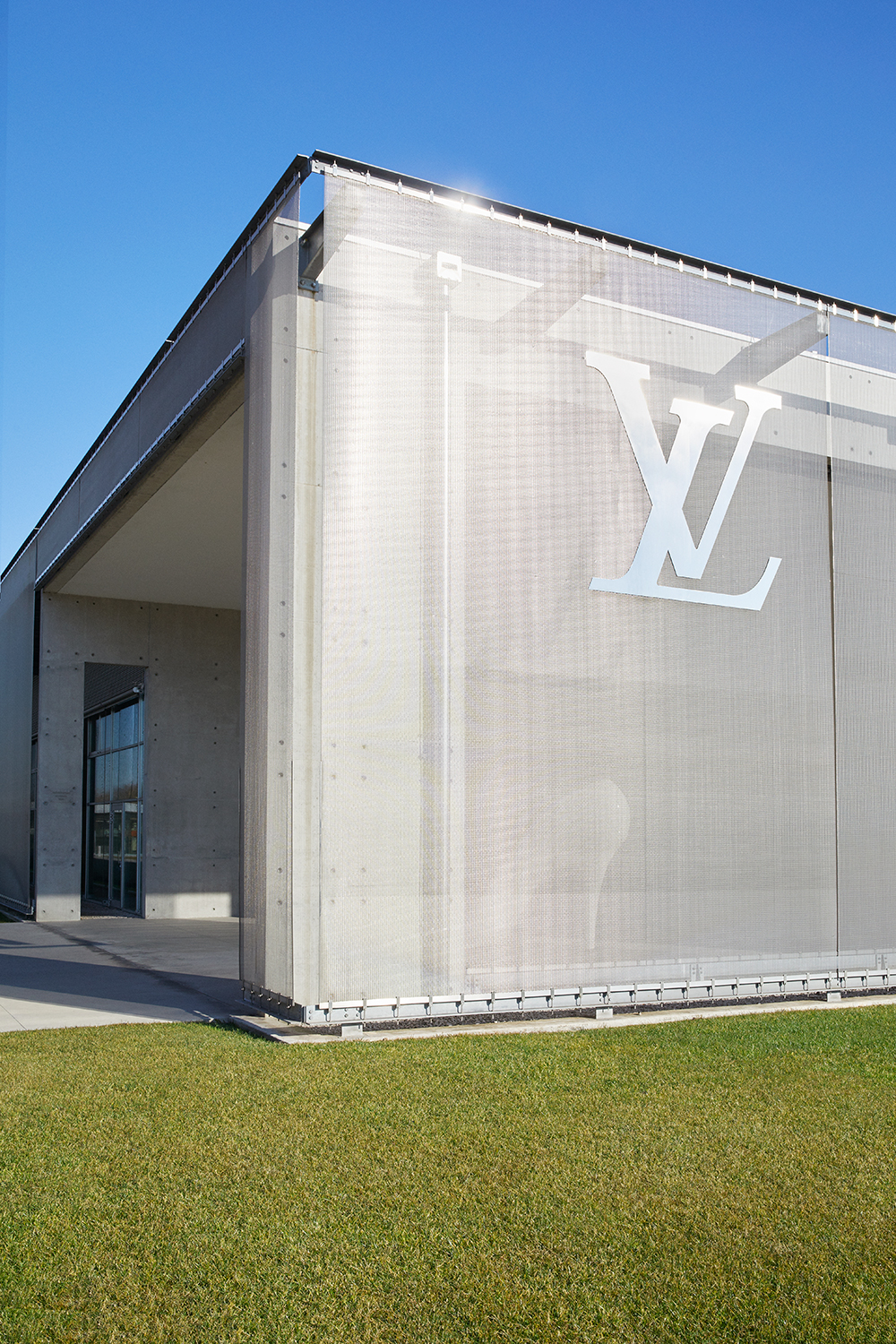
Louis Vuitton is unique among its peers in that the house has not chosen to centralize its manufacturing processes as it continues to expand its offerings. Instead, it has carefully sought out global expertise and positioned its set of ateliers where generations of knowledge, tradition, and quality craftsmanship demand they be placed: in Geneva for watchmaking operations, in Paris for bags and leather goods, and here, in this sleepy Italian village, for all things footwear.
They’ve been making shoes and other leather goods here since at least the 13th century. Fiesso d’Artico was a favourite summer retreat for Venetian families, which built palazzos where they could spend the hot, humid season away from the swampy floating city down the river. Along with them came a phalanx of tradespeople, including the region’s best tanners and shoemakers, looking to set up shop closer to their customers. The artisans stayed, and the expertise was passed down generation to generation, cementing the region’s acclaim.
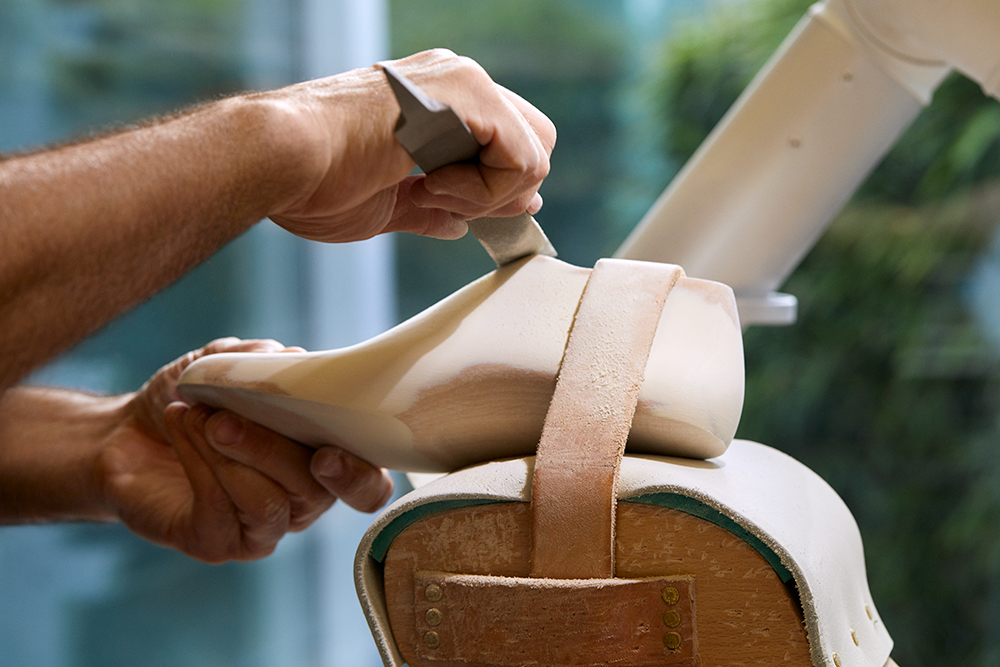
When Louis Vuitton began seeking a production hub for its burgeoning footwear division, Fiesso d’Artico was an obvious choice. About a decade after beginning operations in the village, in 2009, the house laid out a grand investment, building a sprawling atelier complex not far from the banks of the Brenta River, whose clear waters and picturesque shoreline first attracted those wealthy Venetians to the region centuries ago. And the village is also feeling the impact of the brand’s presence — especially the flowing tides of style that come with it. Louis Vuitton’s recent forays into streetwear are a perfect example: shoes that look new, made in a very old way.
This stylistic push is also evident in the atelier itself. Designed by the architect Jean-Marc Sandrolini, the purpose-built manufacture is a paean to the age-old art of shoemaking. From the outside, the steel structure resembles a humble shoebox: four square walls bursting with promise.
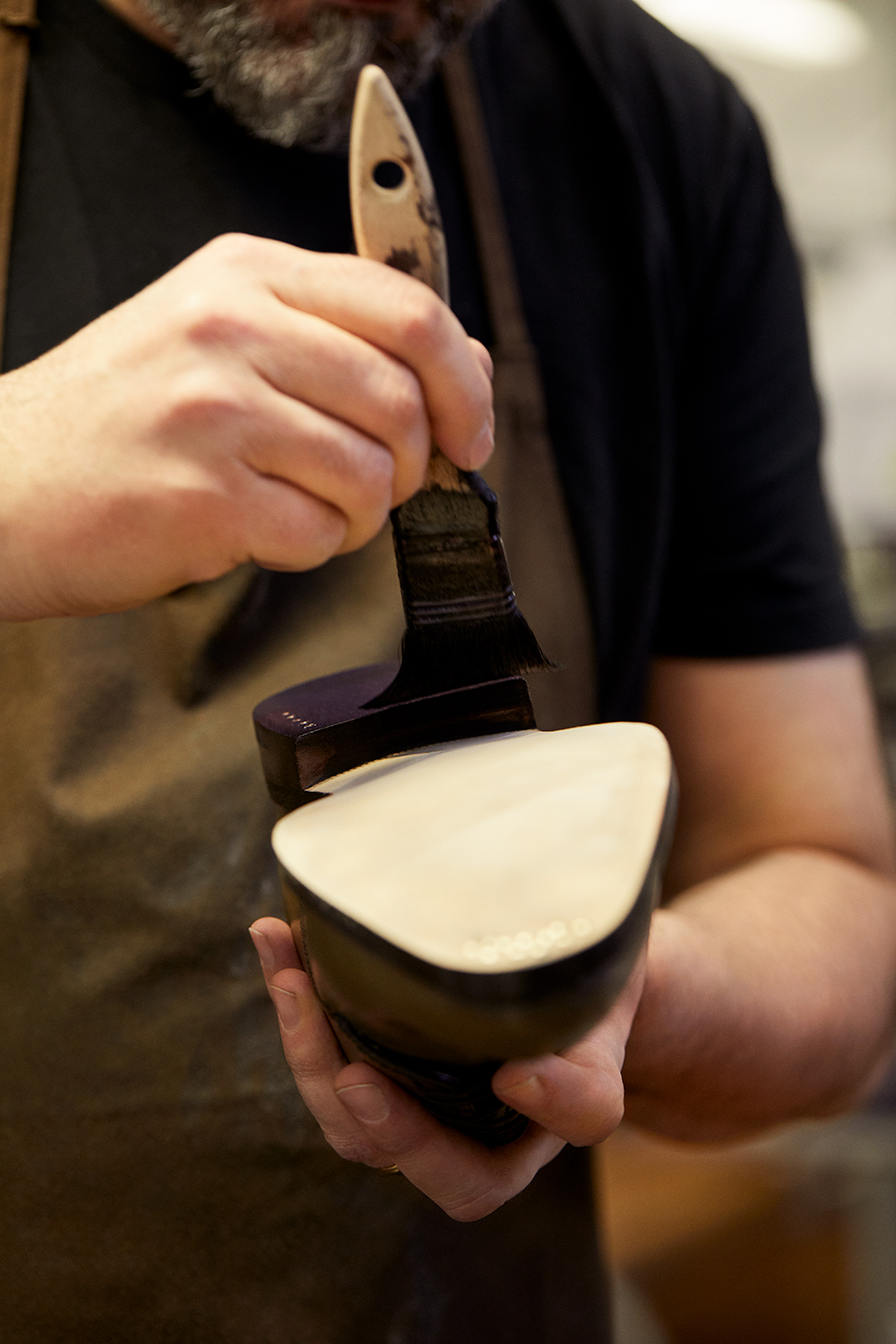
Inside, four distinct workshops comprising 14,000 square metres of workspace are laced around a central courtyard. Art is everywhere — a truly impressive collection of gallery-worthy pieces, all contemporary, including sculptures by Jacques Ory and Joana Vasconcelos outside in the courtyard, and in the welcoming salon, a series of innovative early works by Yayoi Kusama and Andy Warhol.
Clearly, the shoes produced here are held to that same standard. They are, in themselves, works of art. Some 400 people work in the building, each of them a master of his or her own craft, older generations teaching and guiding the new through every step of production.
Louis Vuitton’s latest innovation is the Now Yours program, which makes a pair of the brand’s iconic Run Away sneakers almost completely customizable. Even here, in a place so steeped in tradition and age-old techniques, the house’s turn to streetwear is heartily embraced, making the case for a younger, edgier clientele to experience the luxury of Fiesso d’Artico’s fine craftsmanship. These leather and canvas sneakers still begin with a wooden last in the formier’s workshop, just like a traditional leather dress shoe. The process for a sport last is, in some ways, even more technically rigorous than a traditional one, as it must accommodate a suite of different materials (rubber sole, leather upper, fabric lining) and a different way of walking and wearing. Computer modelling is used to get the details exactly right, in a process that can take upwards of several days.
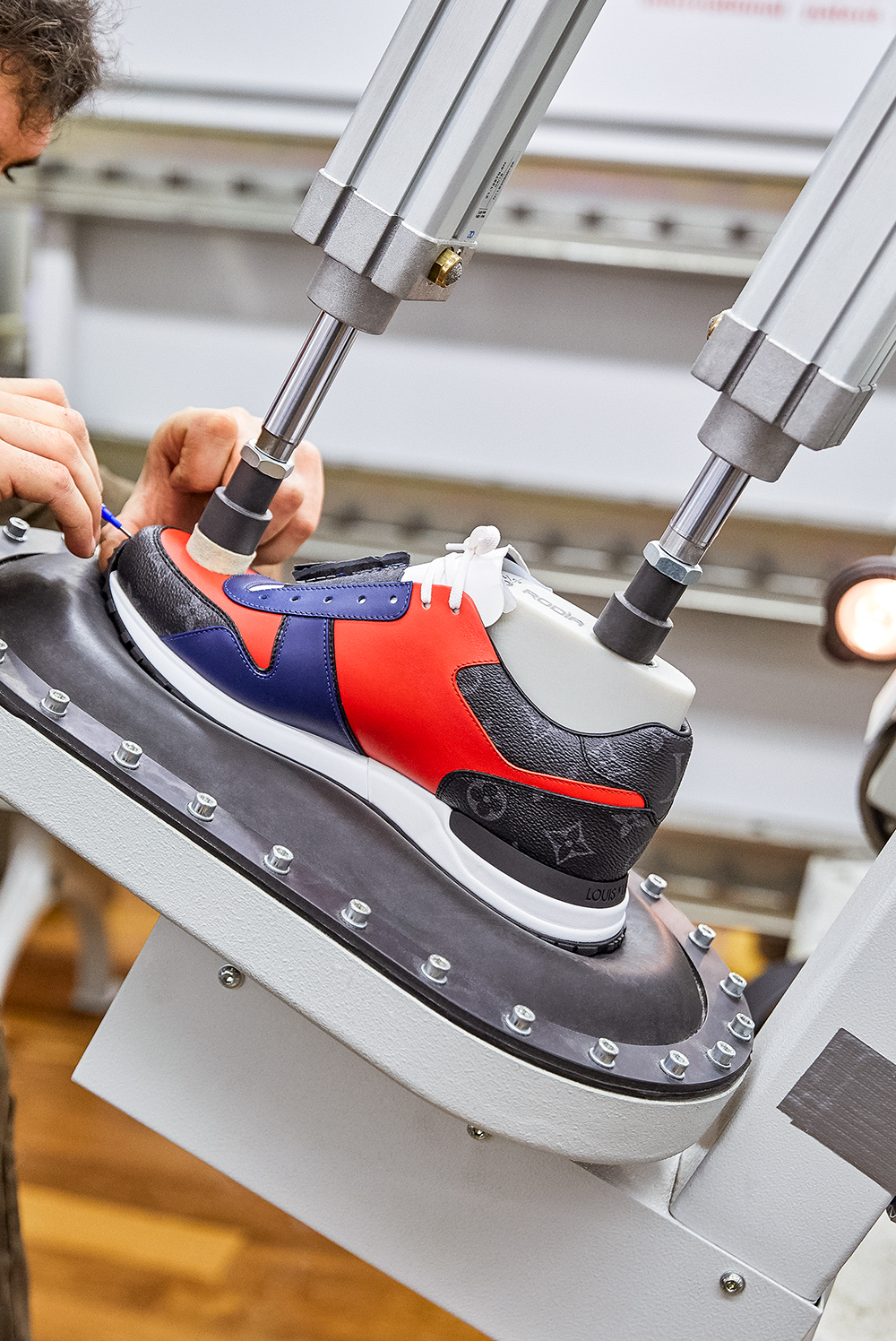
With the design complete, production moves through three separate workshops — an unheard-of breadth of talent and diversity of expertise for a single pair of shoes. From the formier, the next step is cutting materials — in this case, a choice of calfskin in nine colours or four signature Louis Vuitton monogram canvases. The pieces are cut and stitched by hand specifically for each shoe; its component parts are kept together as the shoe weaves its way through the various workshops and stages of production. Once the upper and its 50 different parts are assembled, it’s taken to a final workshop to be fused with the outsole (itself customizable with some 300 different colour variations).
Each Now Yours Run Away sneaker takes about 15 days to complete, from the formier’s shop to the final boxing. In between, it will be touched by countless sets of hands over 29 separate steps, constructed in the same workshop where Louis Vuitton’s master craftsmen build traditional leather dress shoes from scratch with the very same attention to detail.
And as the shoes exit the building, lodged in their saffron yellow box, they’ll be part of a centuries-old tradition of fine, hand-crafted footwear emerging from the banks of the Brenta River, their grace and utility masking the lengthy process it took to get there.
